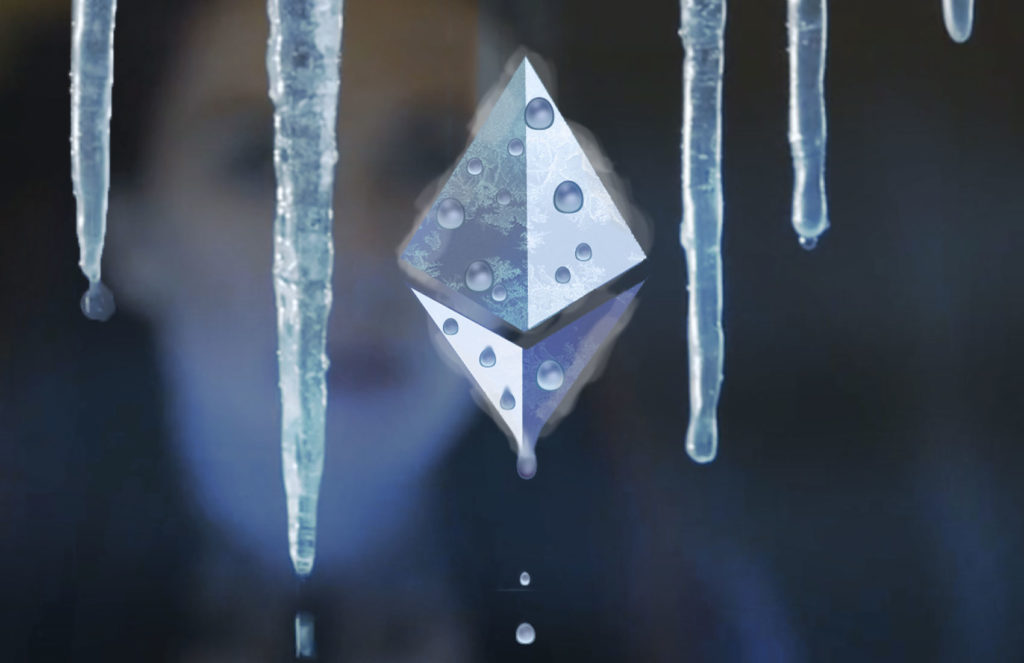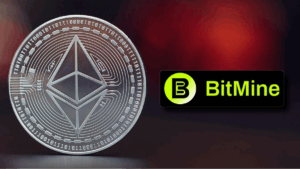The Ethereum blockchain currently uses a Labor Test consensus mechanism to verify transactions and produce new ether coins. This means that Ethereum miners require large amounts of computing power to process and verify transactions to receive new coins. However, running a block string using a Workbench consensus mechanism creates the scalability problem as it can be currently observed by Bitcoin’s block size discussion.
By avoiding scalability issues and the possible centralization of mining operations, Ethereum’s development community has decided to change the Ethereum block chain to a Proof-of-Stake (PoS) consensus mechanism in the future. Switching to a PoS protocol requires substantially less computing power, and miners will be better rewarded. Ethereum’s PoS protocol, called Casper, is still in development.
To prevent a hard fork dividing the Ethereum block chain in two (for the second time), developers have implemented a time bomb of difficulty also known as an “ice age.” The Ice age Ethereum is an adjustment scheme of the mining difficulty that was created to encourage miners to switch to the new Block PoS chain. Once the fork is executed, the difficulty of exploitation rises exponentially to a point where it would be impossible for the miners to keep up with the increased difficulty that would increase the blocking time and would cause the block chain to freeze effectively .. Therefore, the term “ice age” was baptized.
The Ethereum community is currently voting on a proposal submitted by developer Matthew Light, who recommends reducing mining rewards to reduce the current level of ether emissions, which would likely increase the price of ether and lead to increased investments On the platform. A reduction in mining rewards is supposed to help avoid speculative attacks on Ethereum by competitors offering reduced inflation rates, according to Light’s proposal.
The current emission level for the ether is five ETH per block. Light recommends reducing the mining reward to two ETHs per block.
The voting is ongoing and is being held on the CarbonVote platform, which allows members of the Ethereum community to vote on issues related to the Ethereum project using ether. The platform was created after the Ethereum DAO hack of June 2016 and was used to vote whether to rewrite the transaction history of the Ethereum block chain to recover some of the stolen funds.
Anyone who has ether in their wallet can participate in the vote by sending a 0-ETH transaction to one of the corresponding voting wallet addresses. Voters are only required to pay gas fees of 0.0006 ETH for the transaction to pass and for their vote to be counted.
Most voters have voted in favor of a new mining reward in the range of three to four ETH per mined block.
Ethereum is the most promising blockchain project alongside Bitcoin. However, unlike Bitcoin, which functions as both a digital transactional currency and a digital commodity, Ethereum blockchain is a platform for intelligent contracts and decentralized applications (DApps) that allows developers to build a wide range of commercial and non-commercial applications. For this reason, several industries have begun to work on developing business solutions using the Ethereum block chain, especially the financial industry.
Given the interest of commercial industries for intelligent contract solutions and secure distributed accounting technology, the Ethereum project is looking for a bright future despite the technological challenges ahead.









